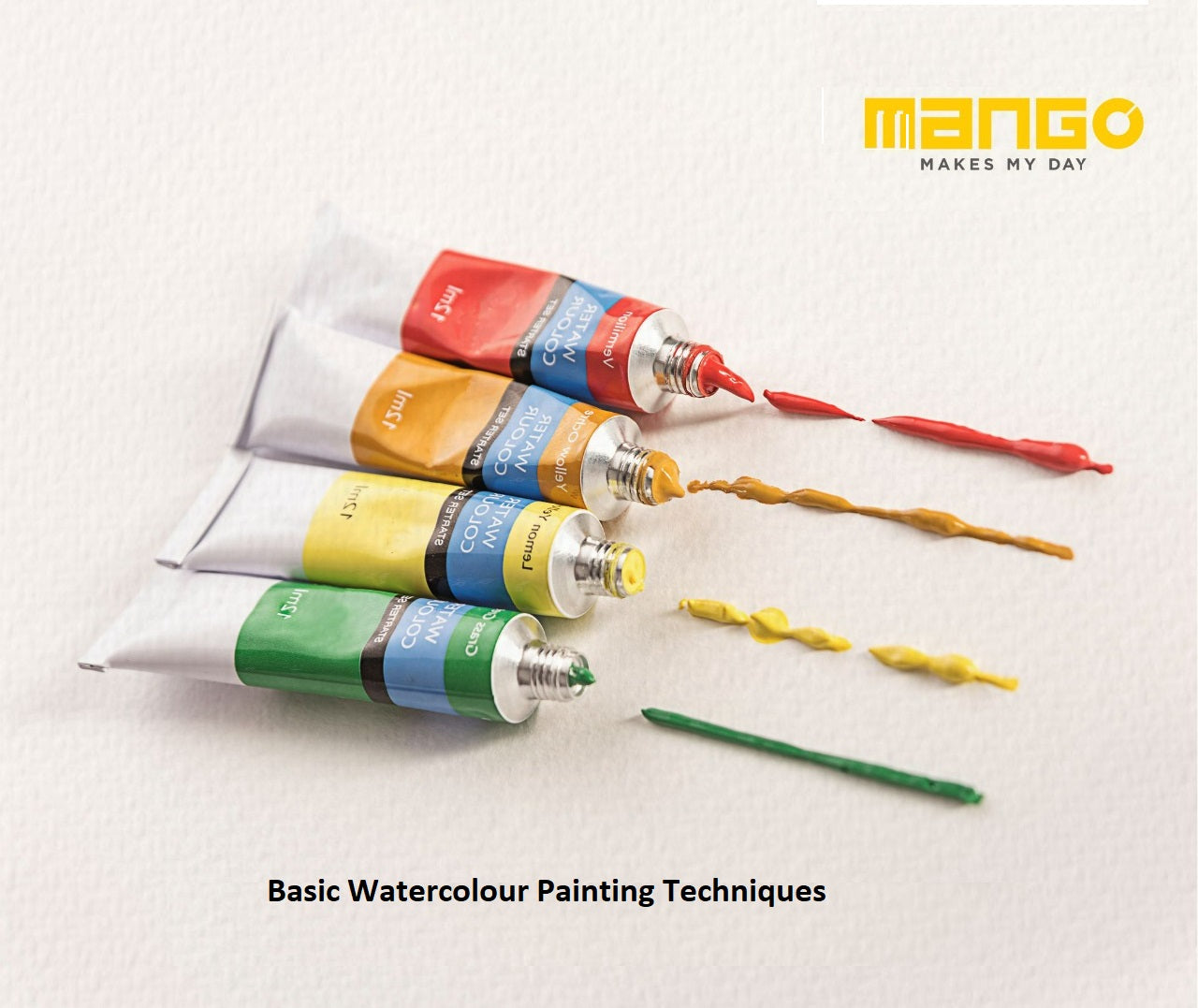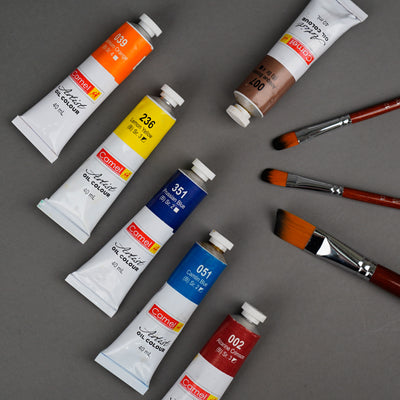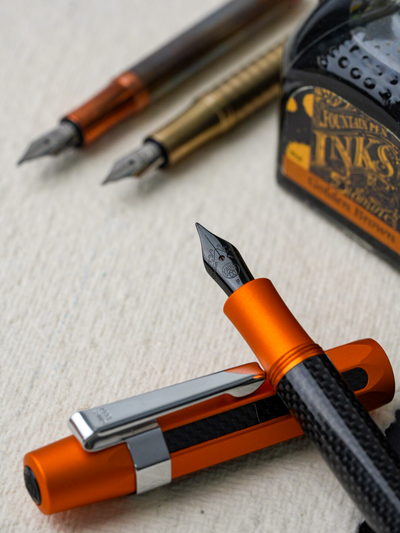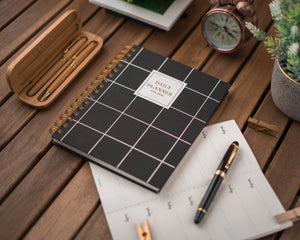
Basic Watercolour Painting Techniques
When it comes to mastering the art of watercolour painting, watercolour techniques are crucial (or aquarelle). Watercolours have been around for thousands of years, and over that time, many various techniques have been used. Once you get the hang of it, it's a complex yet incredibly adaptable medium.
Beginners may find watercolour challenging but with these basic warm-up tasks, you'll gain a better understanding of how watercolour works, become more comfortable with your paints and hopefully generate new artistic ideas.
Wash
The Wash technique is the most basic technique which you can try out with watercolours. Mix enough amount of water to the paint and using a Flat brush glide the brush on the paper. Fill your patch in a top to bottom manner evenly in the same direction. This technique is used to paint the backgrounds of the painting using a suitable flat brush.
Graded Wash
Graded wash can be created using two ways:
One colour graded wash
In this technique, we load the brush with enough paint and start painting from the top. After covering a small portion, wash the brush and with some amount of water slide the brush from the bottom of the colour portion that we painted. As we move away from the colour portion the wash will lighten with every stroke giving the desired graded effect.
Multicolour Graded Wash

 Using the same technique as above we can create a multicolour graded wash. Once you finish graded wash from one side. Load your brush with another colour that you want to use on the other side. Colour some portion of the paper and drag the bottom layer with a brush loaded with water to create the graded effect. To make the transition between the colours look seamless, use a damp brush where both the colours meet and try to merge them using light strokes.
Using the same technique as above we can create a multicolour graded wash. Once you finish graded wash from one side. Load your brush with another colour that you want to use on the other side. Colour some portion of the paper and drag the bottom layer with a brush loaded with water to create the graded effect. To make the transition between the colours look seamless, use a damp brush where both the colours meet and try to merge them using light strokes.
Wet on Wet
The wet on wet technique is loved by many artists as the result shows the true beauty of watercolours. Use a suitable brush depending on the size of the patch you want to paint. Apply clean water to the paper and while it's still wet apply the paint. The paint will diffuse and spread like magic.
Wet on Dry
This is a different version of the above technique. Instead of applying water, load the brush with paint of suitable consistency apply on paper directly to get the maximum intensity of watercolours. More control and crisp, defined edges are possible with this method. The paint will only follow the path of your brush.
Bleeding Technique
In this technique, you can see the true beauty of watercolours. Apply a generous amount of water on the paper and while the paper is still quite wet drag the brush loaded with colour from one side. You can try this with multiple colours for a vibrant effect. Watercolours disperse effortlessly into the water creating stunning patterns.
Lifting Technique
The lifting technique can be uniquely used with only watercolour paints because of their rewetting property. Paint the portion of the paper you want to highlight and while it is 20% wet use a completely dry brush. With the lifting movement try taking off the paint from the paper and you can create incredible effects.
Layering Technique
The layering technique is used to show depth in the paintings and with every layer, your painting looks vibrant. This technique is also called the Glazing Technique. Glazing in watercolour is the process of layering one colour on top of another or combining many layers of colour on one painting surface. To obtain this effect, one must constantly remember to keep or wait for the first layer to completely dry, otherwise the colours underneath may mix with a fresh layer.
Salt Technique
When painting with watercolours, salt is a fascinating and adventurous tool to use which is easily accessible. Salt painting, or the salt method as it is also known, is a simple process with unexpectedly beautiful effects. Start with wetting the surface with water or your favourite colour. Sprinkle the salt wherever you'd like to see the effect. Let it dry and brush off the salt from the paper to see the most unique results every time you try this technique. Note: The texture will vary with the type of salt you’re using.
Masking Tape Technique
Masking Tape is an artist's most favourite stationery supply to experiment with. It not only helps with clean borders for your painting but you can create amazing background patterns. Start with pasting the Masking tapes in your desired pattern on the paper. Then cover the spaces with one layer of water. Load the brush with enough paint and colour the spaces as you like. Once the paper is fully dry, remove the tape slowly and see your final artwork revealing itself.
And most importantly don’t forget to enjoy the process. Try experimenting and see how watercolours will fascinate you with the most unexpected results.




















Leave a comment